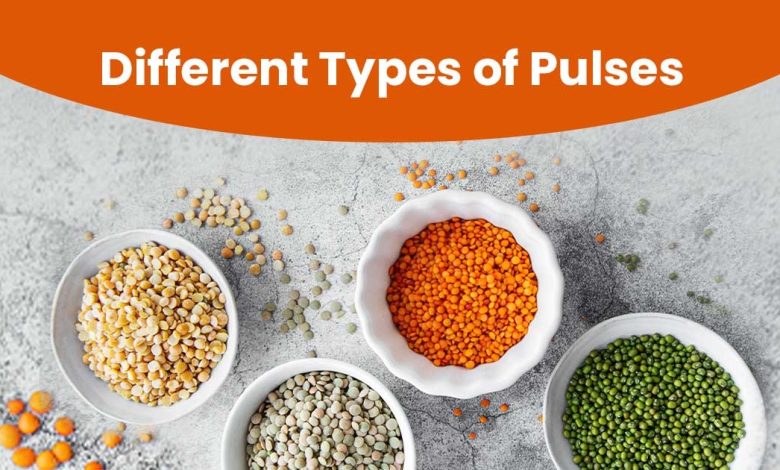
Pulses are part of the Fabaceae or Leguminosas family. These plants make up the third-largest plant family in the world. They are believed to have been produced about 90 million years ago, with the process of diversification starting in the early Tertiary. Only a small portion of the 20,000 species and 700 genera that constitute the Fabaceae family—the Vicia, Cicer, Lens, and Cajanus groups, for example—are classified as leguminous plants. Pulses were one of the first domesticated crops that people cultivated when they began farming.
Dry pulses are these leguminous plants’ edible, dehydrated seeds, which they produce in small to medium-sized quantities. Examples of pulses are peas, lentils and beans. A pea pod is a legume, while the pea within the pod is the pulse.
There are twelve distinct grains in a pod, each with a different size, shape and colour. Both human and animal food can be made from their seeds. In addition to being healthy, these robust plants are beneficial to the environment. With concentrated water during their early growth stages, they can thrive in arid environments and grow very slowly. Leguminous plants have attributes which aid in nitrogen fixation – a naturally occurring phenomenon essential to enrich the soil. Pulses have properties which enhance the soil in which they are cultivated, aiding other plants to thrive too.
Dry Beans
These are pulses from the genera Vigna, which are found in various regions of Asia and Phaseolus, which are native to the Americas. Common beans—pinto, black, white or in other colours—one of the most widely cultivated plants on earth—as well as lima beans, adzuki beans, black grams in various tones, runner beans, rice beans, moth beans and tepary beans are among them. Of all the pulses, dry beans are the most widely consumed and are present in almost every nation on earth.
Black Beans
Black kidney-shaped beans with a glossy finish are popular in Caribbean cooking. They are surprisingly sweet, and adding black beans to any dish gives soups, mixed bean salads or enchiladas gives a dramatic flair.
Cannellini Beans
These white beans are slightly small, kidney-shaped and have a square end. They are also known as “Italian white kidney beans” or fasolia beans. They cook up with a fluffy texture and a mild, slightly nutty flavour. Italian cuisine frequently uses the cannellini bean, which can be found in dishes like minestrone, pasta e fagioli soup and a stewed bean side dish made with garlic and rosemary.
Red Kidney Bean
Radiant, deep mahogany red kidney beans cook to a soft mealy consistency while maintaining their colour and shape. They are frequently used in chilli con carne, a favourite dish in South American cuisine. They are a staple of northern Indian cuisine as well, where the beans are known as rajma and are used in a dish of the same name. The traditional Creole dish of red beans and rice with rice is made with red kidney beans in southern Louisiana, USA.
This was a brief note on pulses. The next suggested topic to explore would be loamy soil. Learn about this topic in detail to understand its significance and the crops cultivated.




